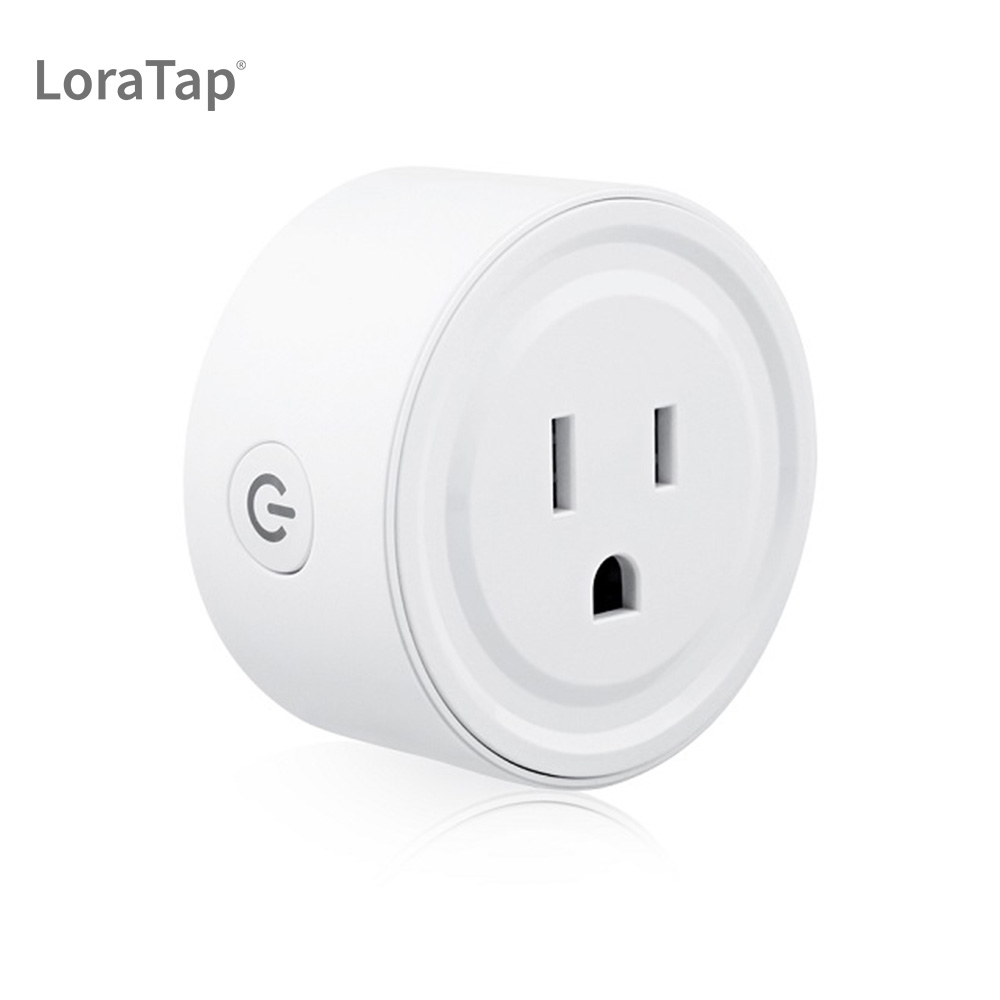
I have 6 of these units at home and was thinking the same thing, if you could possible forward me the codes please? I will PM you my email address. Well done on sniffing the codes and sharing. I'll admit it, I did have to heat up the soldering iron for that though.Īnyway, it would be interesting to see if anyone can get the sniffer sketch to work with other remotes. just a 1/4 wavelength monopole affair (aka as a 173mm length of wire ) I attached an antenna on the transmit unit to give it bit more range. I've got my codes now, and it all works as it should. I haven't bothered to investigate further though. Once it gets the first one OK, they all seem to be read without problem after that, so that's why I'm assuming it's some sort of initalization issue. What this means is that you have to press the buttons on your remote quite a few times before it starts properly receiving the codes. Only bug I've found is that there seems to be some sort of initialization error regarding synchronization of the recv signal.

Here's the output (your sniffed codes will be different, of course!) rf_sniffer started If (++count = 0) Serial.println("no activity") Serial.println( mySwitch.getReceivedProtocol() ) Serial.print( mySwitch.getReceivedBitlength() ) Serial.print( mySwitch.getReceivedValue() ) MySwitch.enableReceive(1) // Receiver on interrupt 1 => that is pin D3 #define DATA_PIN 3 // external int 1 on Uno #define GND_PIN 2 // sink up to 40mA on this pin #define VCC_PIN 5 // source 5V up to 40mA from this pin But it beats warming up the soldering iron.) Just make sure your recv unit is rated at (I'm sure there will be time in purgatory for that. I've hacked the sniffer sketch so it allows you to plug in the 4-pin recv unit on pins D2-D5, and sources and sinks power using pins D5 and D2. These units were given to me.) So I thought I'd have a fiddle with these to see if I could get them working with an Arduino, since I already had them at hand. This isn't for a Kambrook power socket, though, it's appears to be "Efergy" brand (which I hadn't heard of. Sniffer sketch uses the RCSwitch lib GitHub - sui77/rc-switch: Arduino lib to operate 433/315Mhz devices like power outlet sockets. Just to say I've had some success implementing a simple sniffer using an Uno and the 4-pin 433MHz recv unit. I have sent you a PM with my email address - i too would like the codes please It just means you've rendered your Kambrook transmitter useless, which many wouldn't be too fussed about.
#Remote power outlet code
However, if you don't care what the Kambrook transmitter's code is, then you can simply use the codes in my arduino sketch and get your Kambrook GPO receivers to learn these signals.

This is mainly a good thing, as it means you don't inadvertently control your neighbour's devices & vice versa.Īrduino-wise what this means though is that if you are looking to duplicate your Kambrook transmitter's signal, you would need to sniff it first to find out what the code is. (Every 4 transitions I have grouped into a "set". The first 4 sets of transitions are the same with our transmitters, but the next 4 sets aren't the same.

So based on this, I suspect all transmitters have different codes. Maurie has told me that his transmitter's codes are different from mine. I haven't yet tried it myself, but I'm sure it's all good. Mike_linus has posted much better code for the kambrook control and sniffer. which can be handy in that it would make it difficult for a nearby neighbour to inadvertently control my outlets if he/she were to buy the same kit. Something nice I discovered is that I can add extra codes that the Kambrook transmitter doesn't do (but still works with the outlets). I am very new to Arduino, and my coding skills aren't great, but it does work. I wasn't sure whether I should post it publicly in case it encourages the manufacturer to change the codes. I am happy to send these codes to anyone who wants them.
#Remote power outlet manual
So I used the manual analysis method by sniffing the signals. None of these were able to detect this unit. I initially tried NewRemoteSwitch, RemoteSwitch, and RCswitch. In Australia, this product is available from Bunnings: Thanks to guides on the Internet, I was able to figure out the codes required to control the Kambrook RF3399 remote power outlet.


 0 kommentar(er)
0 kommentar(er)
